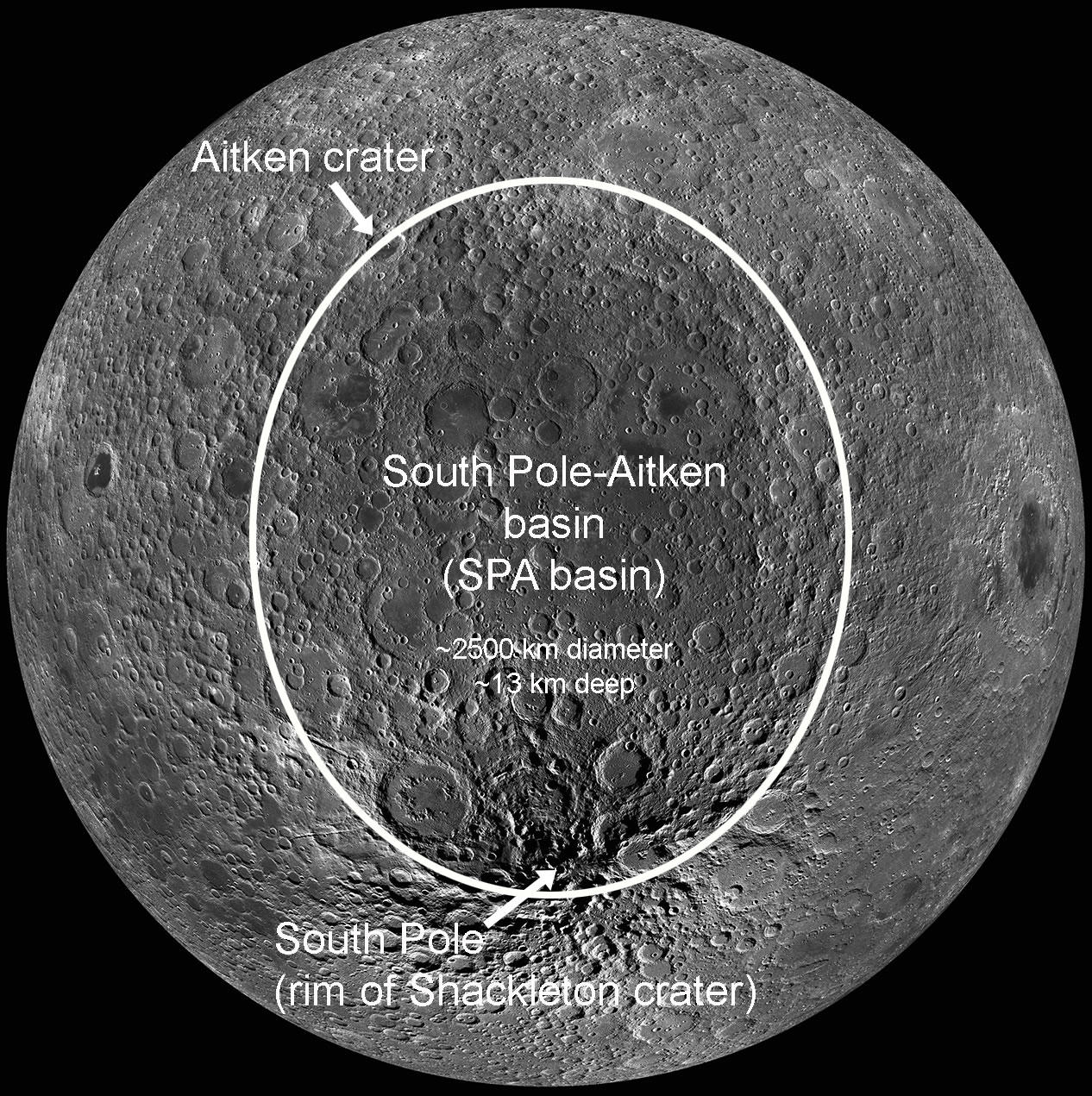The Moon’s south pole has become a focal point of exploration due to its unique characteristics. Understanding its temperature, range, and area holds immense importance for various scientific endeavors and future lunar missions.
Temperature at the South Pole:
- The moon’s south pole experiences extreme temperatures due to its location.
- Temperatures can drop to as low as -230 degrees Celsius (-382 degrees Fahrenheit) in shadowed regions.
- Such frigid conditions are attributed to the prolonged absence of sunlight in certain areas.
Range of the South Pole:

- The south pole of the Moon covers a substantial range of latitude.
- Located at approximately 70 degrees south latitude, it spans a significant portion of the lunar surface.
- This polar region’s expanse offers diverse terrain, including areas of permanent shadow and illumination.
Characteristics of the South Pole Area:
- The area around the Moon’s south pole is characterized by both illuminated and shadowed regions.
- The continuous shadow areas are of particular interest due to their potential for water ice accumulation.
- The presence of craters and rugged terrain poses challenges for landing and exploration.
Scientific Significance:
- Investigating the temperature variations and ice presence contributes to understanding lunar geology and surface processes.
- The unique lighting conditions in the polar regions enable studying ancient impact craters and preserving historical records.
- These studies aid in unraveling the Moon’s geological history, Solar System evolution, and potential resource utilization.



 Indian Olympic Medal Winners List Till N...
Indian Olympic Medal Winners List Till N...
 Who is the Inventor of the Gramophone?
Who is the Inventor of the Gramophone?
 HS Dhaliwal Appointed New DGP Of Andaman...
HS Dhaliwal Appointed New DGP Of Andaman...
